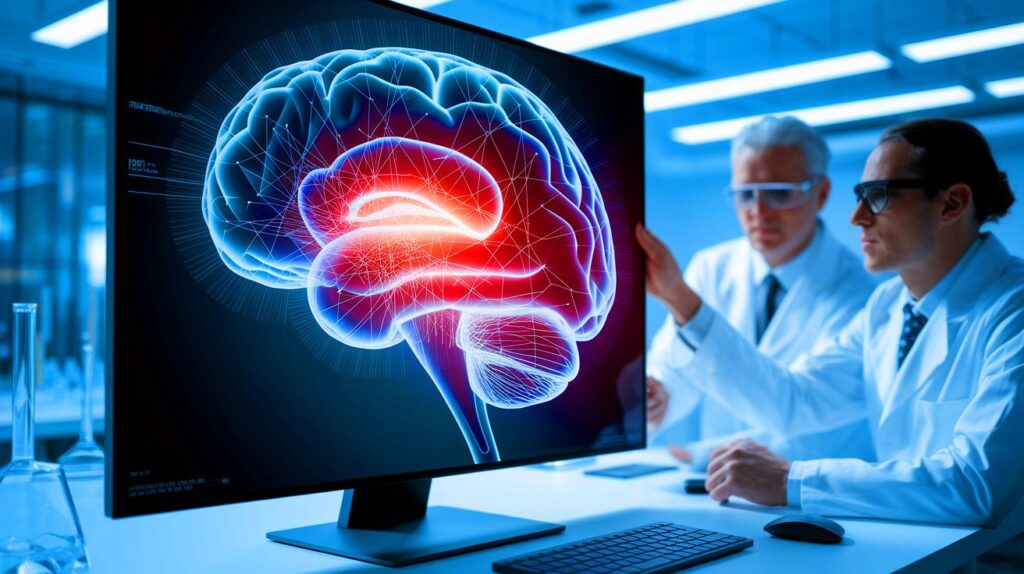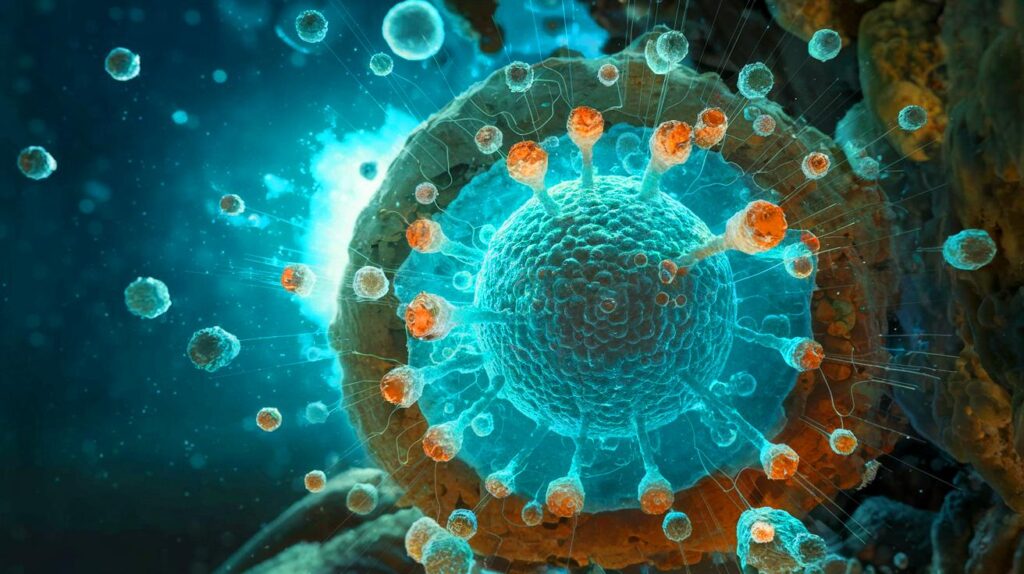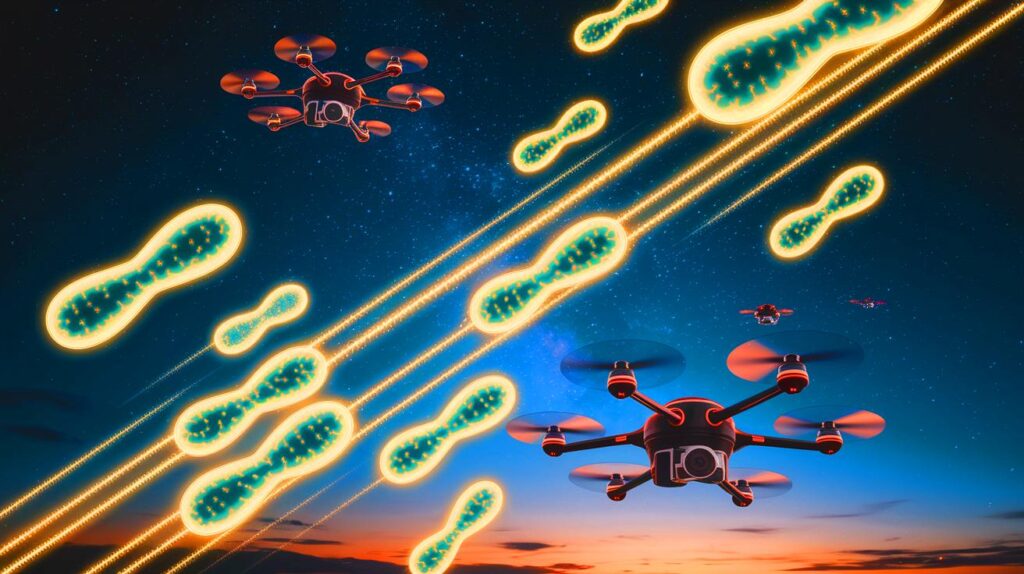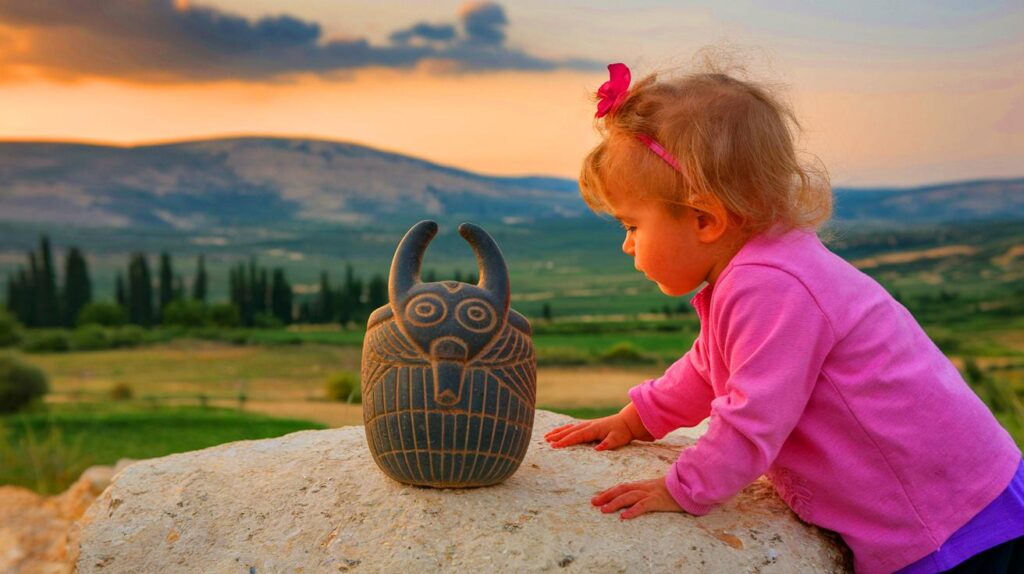| In Brief |
|
SpaceX’s Fram2 mission marked a historic milestone by conducting the first radiological examination of a human hand in space. This incredible feat, taking place hundreds of kilometers above Earth, is part of an unprecedented technological and scientific adventure. More than just a space mission, this polar orbit flight allowed for the exploration of new frontiers in the field of space medicine. In addition to medical imaging, the crew conducted a myriad of scientific experiments, paving the way for significant advancements in future space exploration.
A Technological Advancement in Space Medical Imaging
The accomplishment of performing an X-ray in space represents a major technological breakthrough. Inspired by the first X-ray image captured in 1895 by Wilhelm Röntgen, the Fram2 crew captured a similar image aboard their spacecraft. This project was made possible through a portable X-ray system specially designed to operate in microgravity.
The image quality obtained exceeded all expectations, despite initial concerns regarding the impact of increased background radiation in space. This success emphasizes the importance of medical imaging in maintaining astronaut health during prolonged missions to the Moon or Mars. Furthermore, researchers are already working to enhance the precision of X-ray examinations in weightlessness, promising future advancements in this field.
The Research Conducted by the Fram2 Crew
Beyond medical imaging, the Fram2 crew conducted 22 diverse scientific experiments. Among these were observations of Earth’s poles and the cultivation of fungi, offering new perspectives on life’s adaptability in a space environment. Under the command of Chun Wang, a billionaire with a passion for polar exploration, the team included experts from various backgrounds, each contributing their unique skills to the mission.
The experiments conducted aimed not only to enrich our understanding of life in orbit but also to prepare essential technologies for future interplanetary missions. This scientific exploration has thus laid the groundwork for new methodologies to monitor and preserve astronaut health in the most extreme environments.
Return to Earth and Future Implications
After spending nearly four days in orbit, the Fram2 crew safely returned to Earth, landing in the Pacific. This mission not only demonstrated the feasibility of polar orbit flights but also allowed for the collection of valuable biometric data to understand the impact of weightlessness on the human body.
The results of this mission pave the way for in-depth research on the physiological adaptations of astronauts to space. These findings will be crucial for developing new health and safety strategies for future manned missions to Mars. The crew is now preparing to share their discoveries with the scientific community, promising significant advancements in the realm of space medicine.
The Legacy of the Fram2 Mission
The Fram2 mission, named in honor of the legendary Norwegian ship, demonstrated SpaceX’s capacity to undertake bold and innovative missions. By exploring the far reaches of polar orbit, the crew has opened new perspectives for space exploration, inspiring both scientists and adventurers.
This project, supported by enthusiasts and experts from around the world, proved that human ingenuity can overcome the most complex challenges. The lessons learned from this mission will serve as a springboard for the next significant steps in space exploration. As we look ahead, how will these discoveries transform our approach to medicine and life in space?








